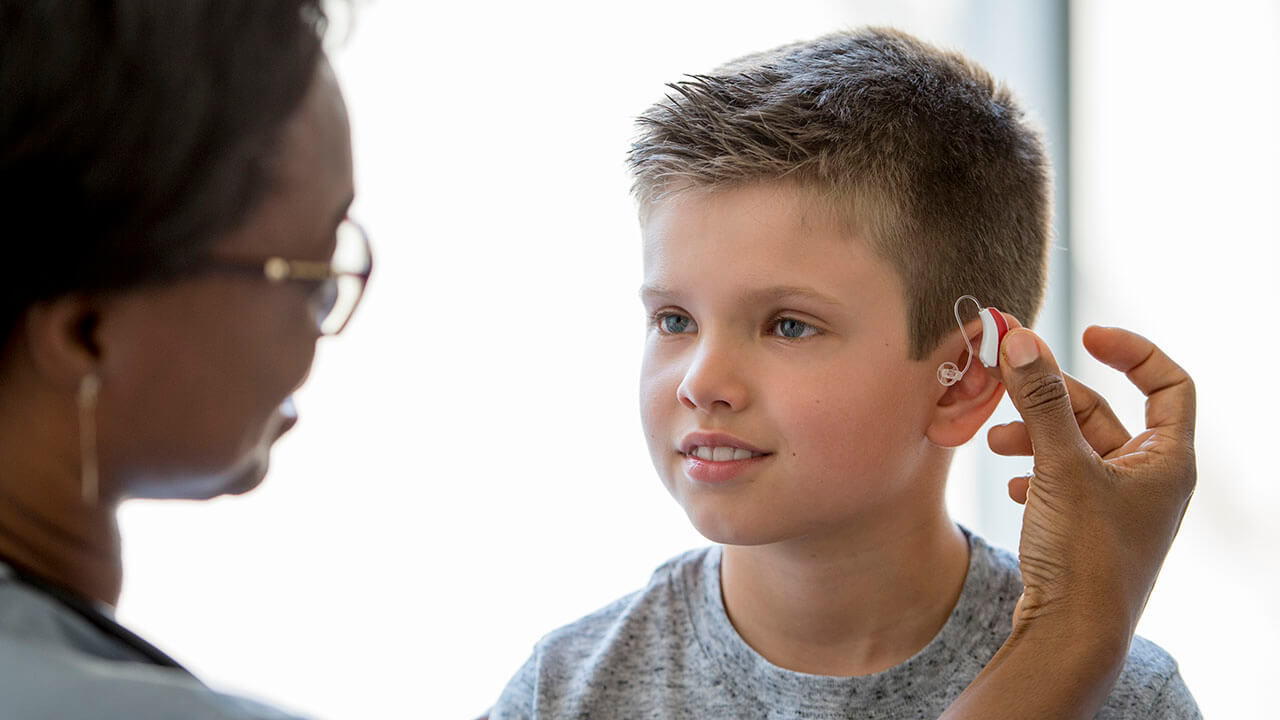

Bone Anchored Hearing Aids (BAHA) are a medical treatment option for people with single-sided deafness (nerve damage in one ear), conductive hearing loss or mixed hearing loss. There are different types and manufacturers of bone anchored hearing aids such as the BAHA 5, BAHA 5 power, BAHA 5 super power, Osia, Ponto, etc., each offering features to meet the needs of various lifestyles. Below we address the most frequently asked questions about bone anchored hearing aids.
What is a bone anchored hearing aid?
A bone anchored hearing aid is a small, electronic device that directly stimulates the nerve by vibrating the cochlea. It bypasses the outer or middle ear space.
How does a bone anchored hearing aid work?
A BAHA has the following parts:
- A microphone: picks up sound from the environment
- A processor: selects and arranges sounds picked up by the microphone
- A transmitter and receiver/stimulator: receives signals from the speech processor and converts them into vibration pulses that stimulate the cochlea.
The external portion sits behind the ear and magnetically connects through the skin to a second component that is surgically placed under the skin. For those who don’t want to undergo surgery, the bone anchored hearing aid may be worn on a headband instead.
Who is a candidate for a bone anchored hearing aid?
Children five years and older and adults with single-sided deafness, conductive hearing loss or mixed hearing loss qualify for the surgical BAHA device. Children under five years old or adults with underlying medical concerns that cannot undergo surgery qualify for the BAHA on a headband.
Get started
If you think a BAHA could be right for you, schedule a consultation with a specially-trained audiologist. This person will make sure you meet the criteria and will conduct a demonstration of the device, if you’d like. If you qualify for the surgical device, you will then meet with the surgeon (ear, nose and throat doctor) to determine that you are medically a candidate.



.jpg?width=1280&height=720&ext=.jpg)